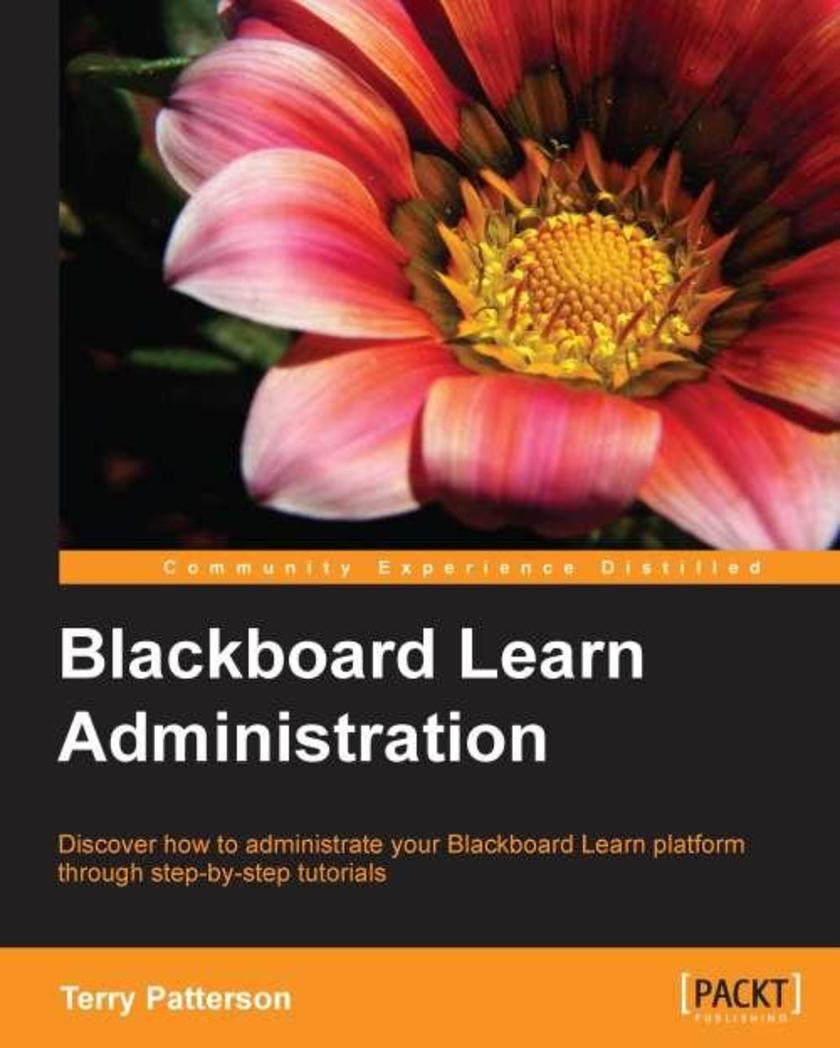
Blackboard Learn Administration
¥80.65
Hands-on and step-by-step instructions on successfully administrating Blackboard Learn from an admin expert. This book is for in-house IT administrators who are responsible for maintaining the school’s IT system and making sure that it is ready for the teachers to use. Readers will need some experience with server management and installation.

Programming Arduino with LabVIEW
¥45.77
If you already have some experience with LabVIEW and want to apply your skills to control physical objects and make measurements using the Arduino sensor, this book is for you. Prior knowledge of Arduino and LabVIEW is essential to fully understand the projects detailed in this book.
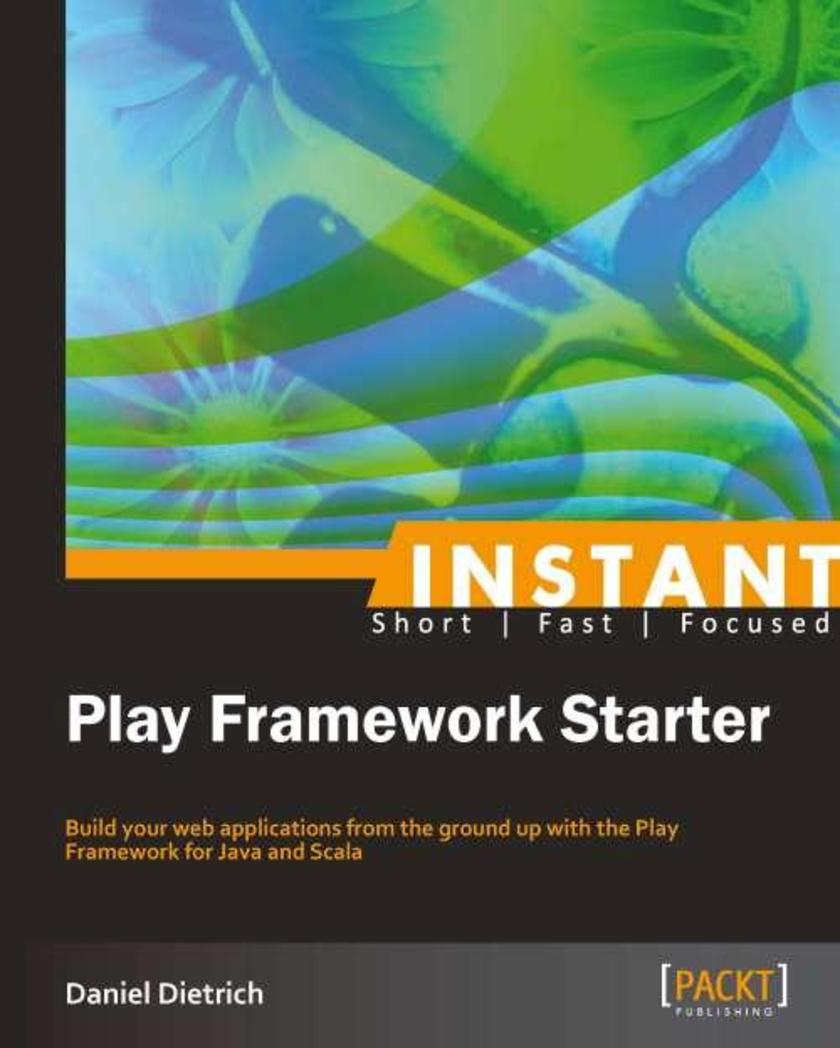
Instant Play Framework Starter
¥41.41
Get to grips with a new technology, understand what it is and what it can do for you, and then get to work with the most important features and tasks.A practical, quick, and hands-on guide to the Play Framework.This book is written for readers interested in developing web applications with Java or Scala. A basic knowledge of either Java or Scala is helpful. Prior experience with Play is not required.
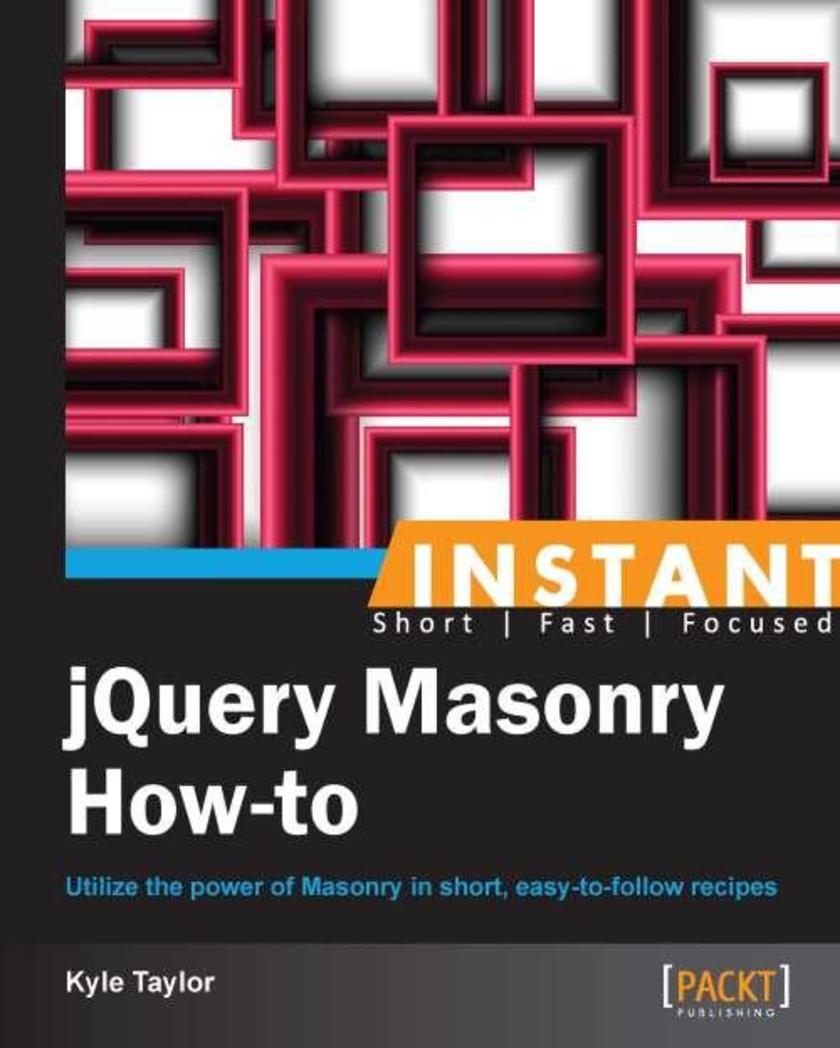
Instant jQuery Masonry How-to
¥41.41
Filled with practical, step-by-step instructions and clear explanations for the most important and useful tasks. Get the job done and learn as you go. A concise guide that delivers immediate results with practical recipes on customizing your projects.If you have a basic understanding of jQuery, HTML, and CSS3, this book is for you. We will go over what Masonry is, how it works, and the best practices on how to implement it in your projects.
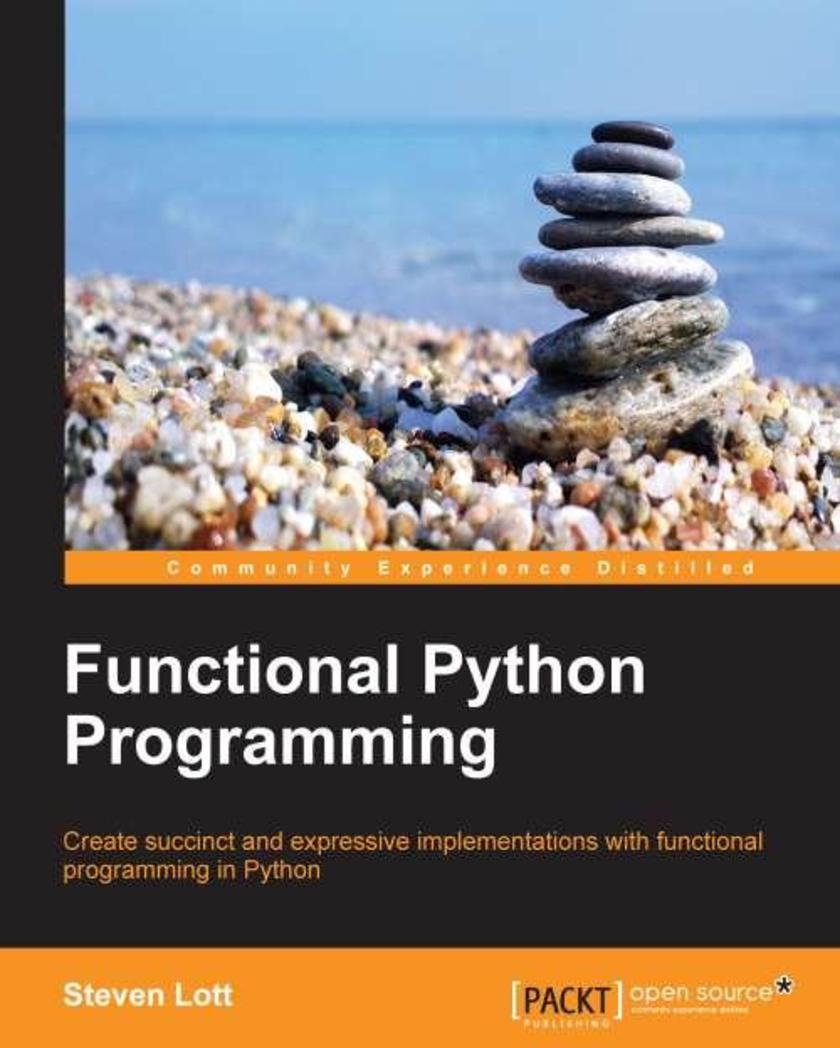
Functional Python Programming
¥90.46
This book is for developers who want to use Python to write programs that lean heavily on functional programming design patterns. You should be comfortable with Python programming, but no knowledge of functional programming paradigms is needed.
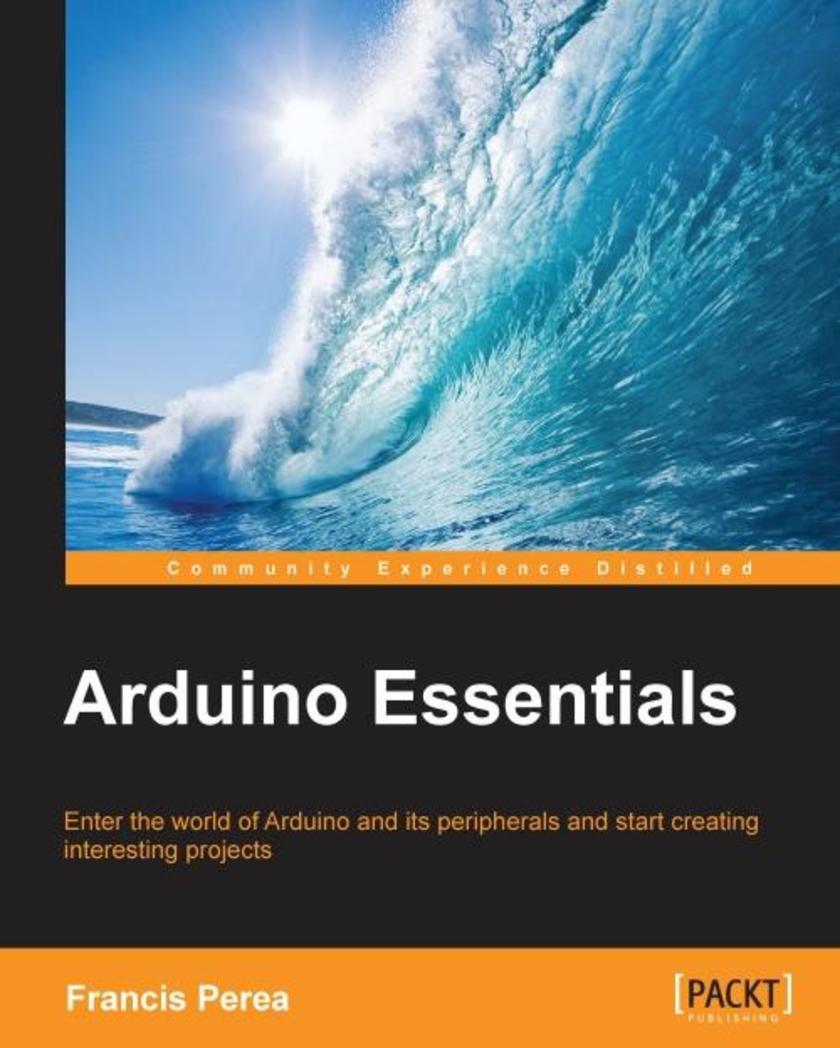
Arduino Essentials
¥54.49
If you are a hobbyist who wants to develop projects based on Arduino as the main microcontroller platform or an engineer interested in finding out what the Arduino platform offers, then this book is ideal for you. Some prior knowledge of the C programming language is required.
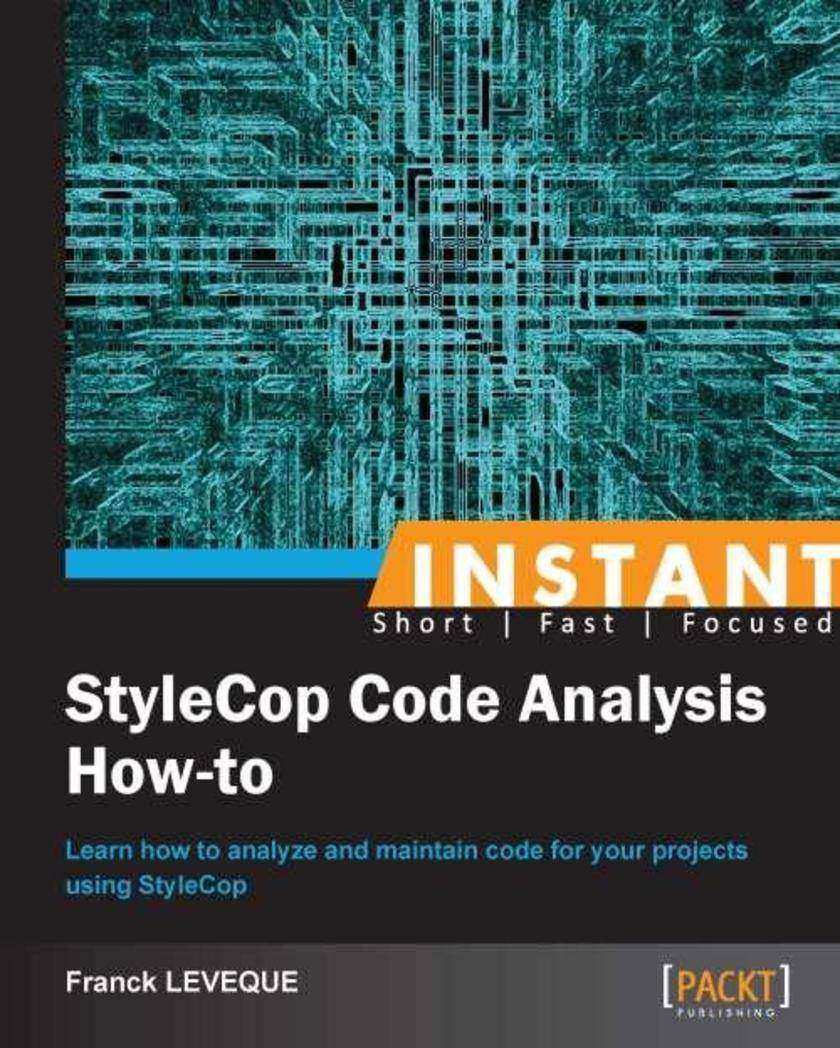
Instant StyleCop Code Analysis How-to
¥41.41
Filled with practical, step-by-step instructions and clear explanations for the most important and useful tasks.The book will take a how-to approach, focusing on recipes that demonstrate Stylecop code analysis.Stylecop Code Analysis How-to is intended for developers and project managers who are looking for an all-encompassing overview of Stylecop to display or enforce their specific coding conventions. It is assumed that you have a minimal understanding of integration technologies such as MSBuild and Nant. You should also have some knowledge on how to program in C# and LINQ. An available version of Visual Studio 2008 professional or superior is also required to follow the first chapters of this book.
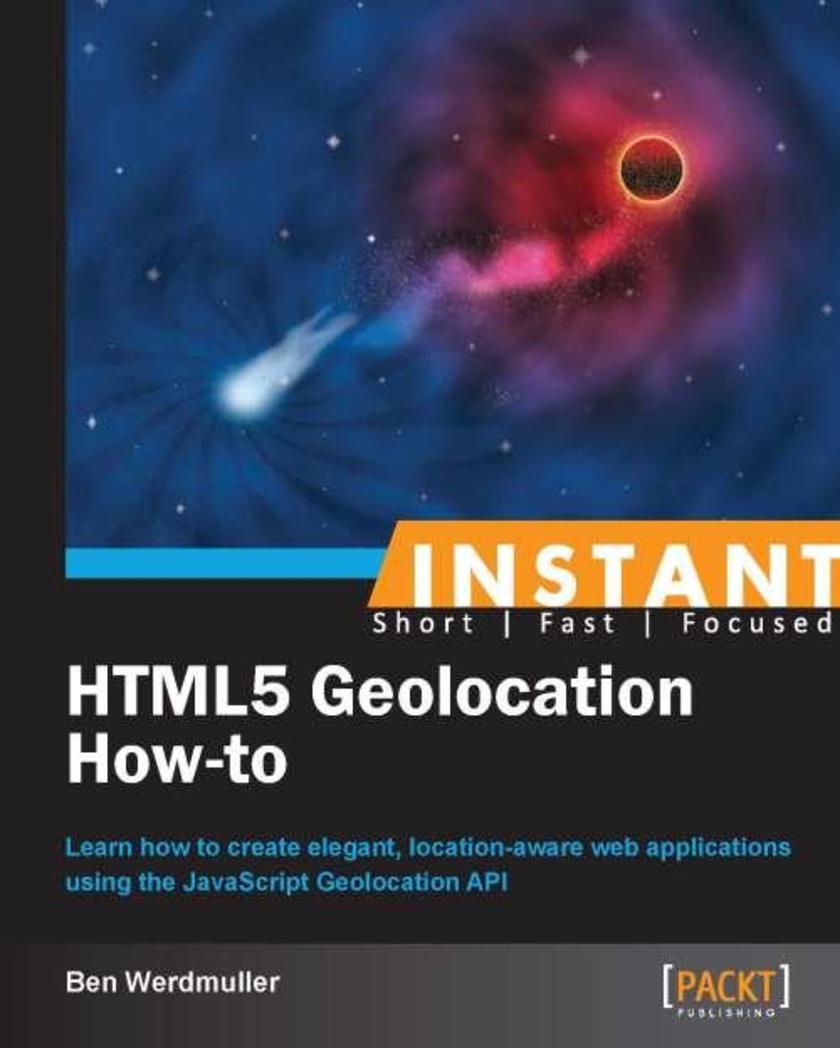
Instant HTML5 Geolocation How-To
¥41.41
Filled with practical, step-by-step instructions and clear explanations for the most important and useful tasks. The book will take a how-to approach, focusing on recipes that demonstrate geolocation in HTML5.This book is for web developers who want to incorporate geolocation technology into their applications. Previous knowledge about geolocation software or standards is not required. However, this book assumes a general understanding of web technologies, and both Java* and jQuery in particular.
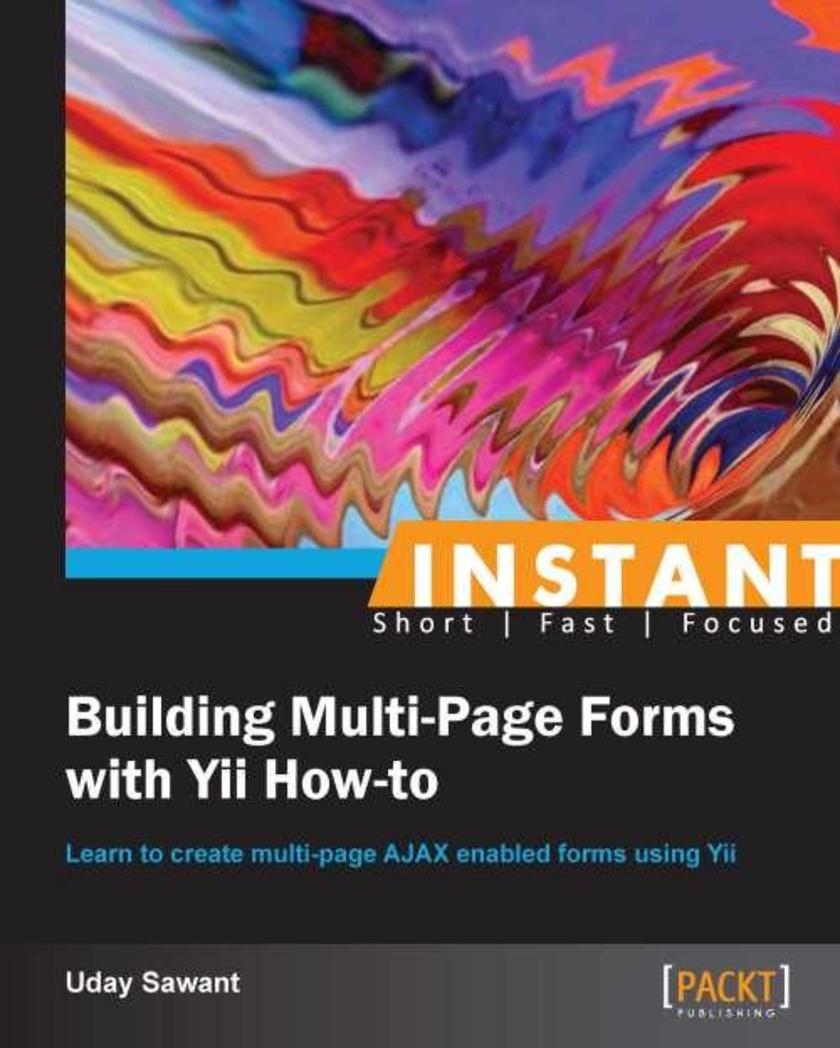
Instant Building Multi-Page Forms with Yii How-to
¥41.41
Filled with practical, step-by-step instructions and clear explanations for the most important and useful tasks.A concise guide that delivers immediate results with practical recipes on customizing your forms.This book is great for developers who have a basic understanding of Yii framework and want to learn some of the advanced, inbuilt features of Yii. It assumes that the reader has a basic knowledge of PHP development, how forms work, and AJAX operations.
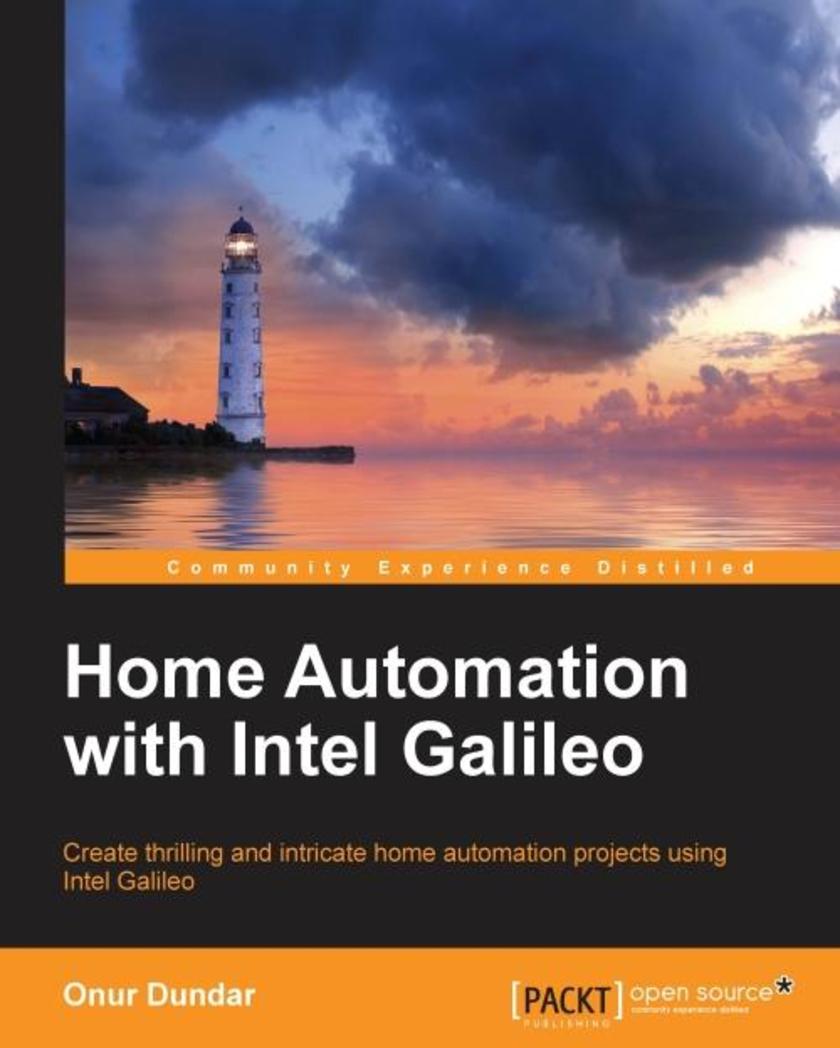
Home Automation with Intel Galileo
¥54.49
This book is for anyone who wants to learn Intel Galileo for home automation and cross-platform software development. No knowledge of programming with Intel Galileo is assumed, but knowledge of the C programming language is essential.
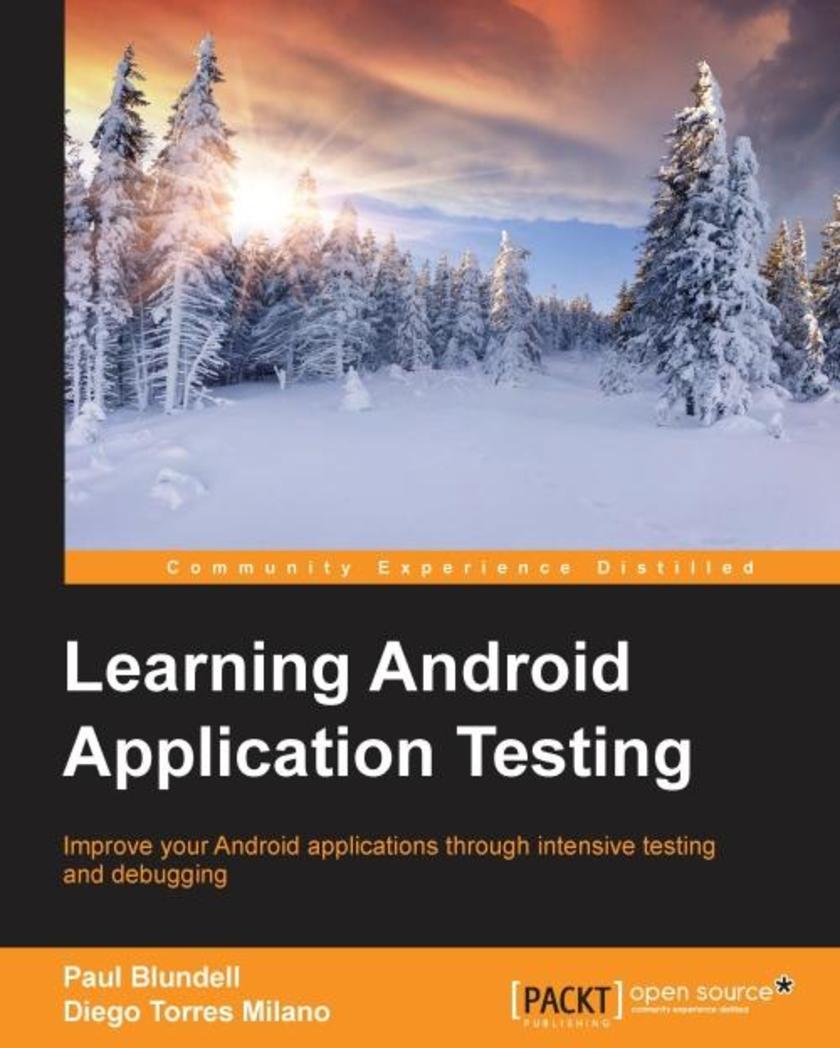
Learning Android Application Testing
¥90.46
If you are an Android developer looking to test your applications or optimize your application development process, then this book is for you. No previous experience in application testing is required.
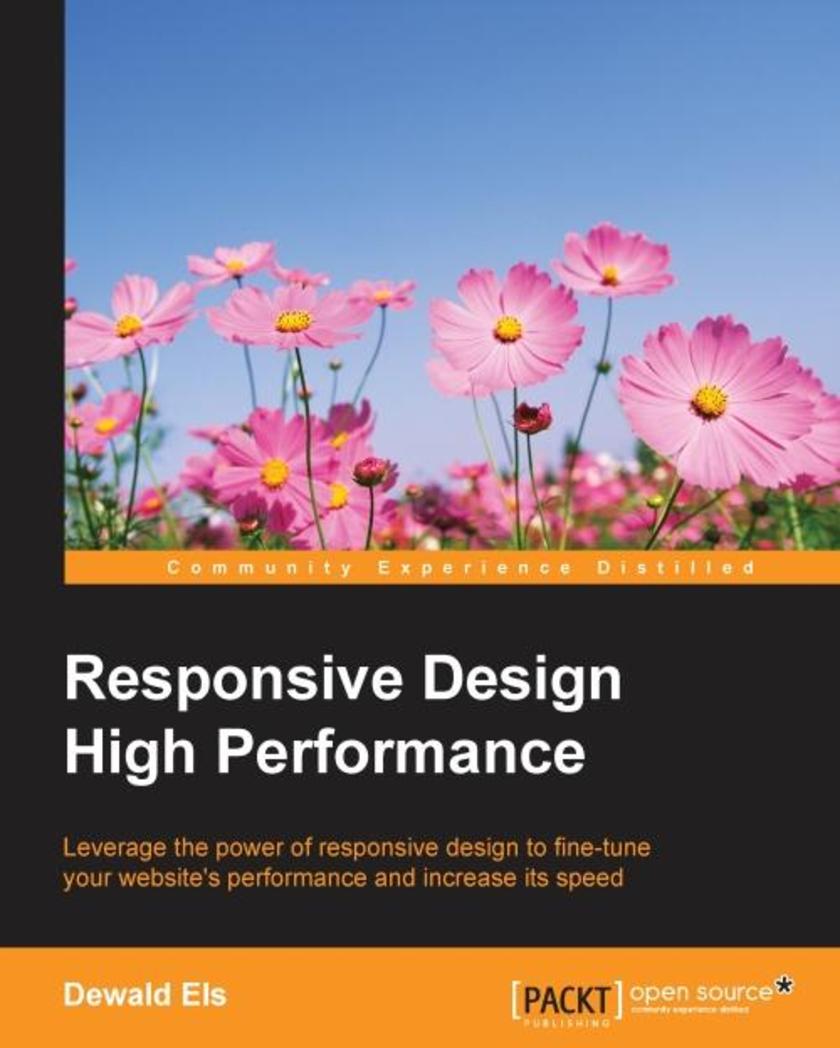
Responsive Design High Performance
¥54.49
This book is ideal for developers who have experience in developing websites or possess minor knowledge of how responsive websites work. No experience of high-level website development or performance tweaking is required.
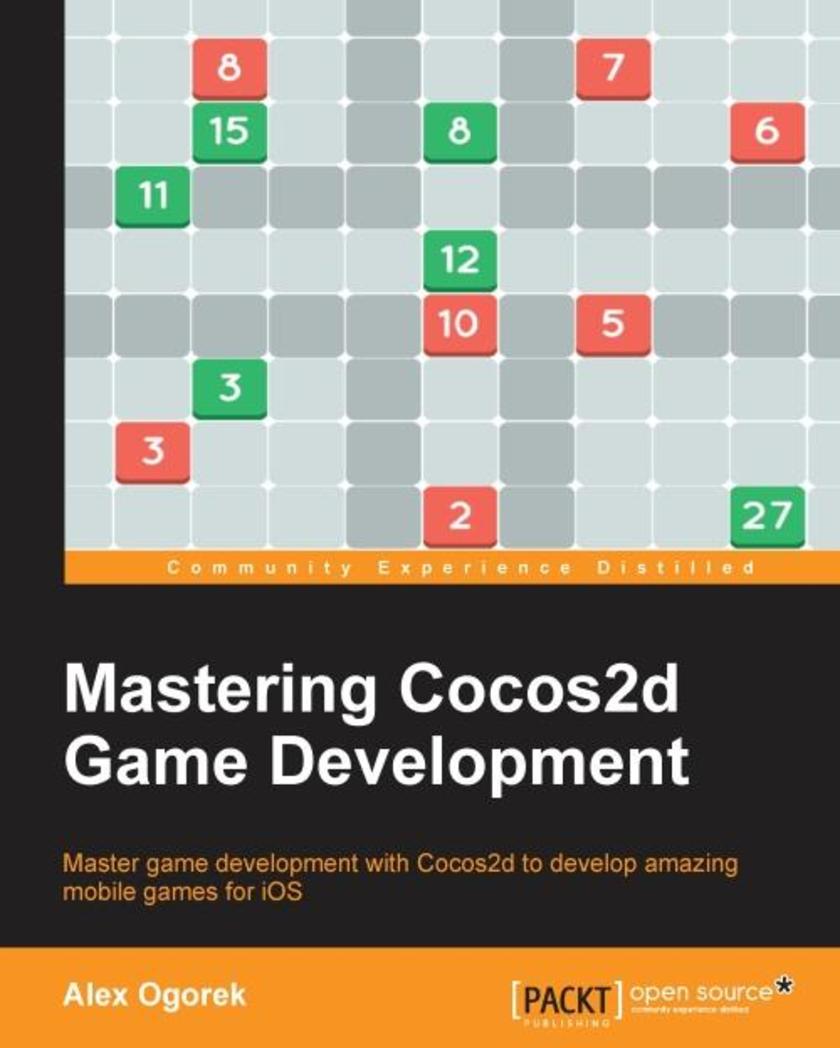
Mastering Cocos2d Game Development
¥80.65
If you are a developer who is experienced with Cocos2d and Objective-C, and want to take your game development skills to the next level, this book is going to help you achieve your goal.

CentOS High Availability
¥54.49
This book is targeted at system engineers and system administrators who want to upgrade their knowledge and skills in high availability and want to learn practically how to achieve high availability with CentOS Linux. You are expected to have good CentOS Linux knowledge and basic networking experience.
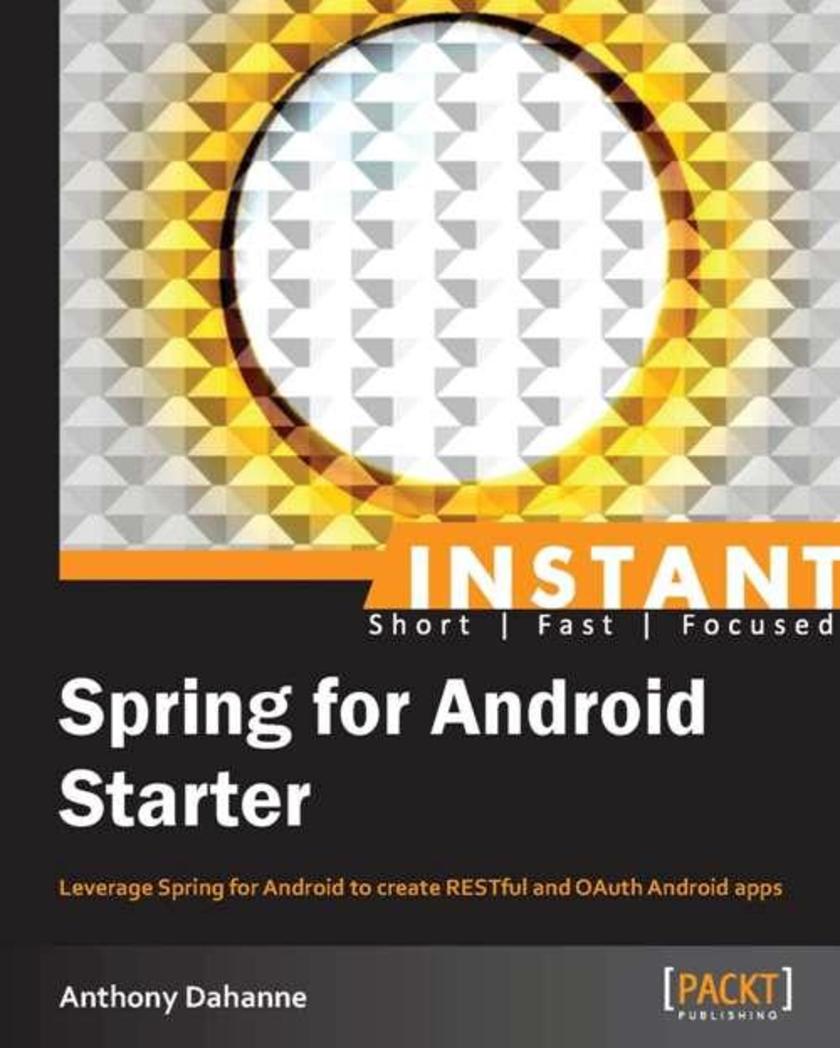
Instant Spring for Android Starter
¥45.77
Get to grips with a new technology, understand what it is and what it can do for you, and then get to work with the most important features and tasks. This is a Starter which gives you an introduction to Spring for Android with plenty of well-explained practical code examples. If you are an Android developer who wants to learn about RESTful web services and OAuth authentication and authorization, and you also want to know how to speed up your development involving those architectures using Spring for Android abstractions, then this book is for you. But core Java developers are not forgotten, thanks to the explanations on how to set up Eclipse and Maven for Android development (very basic knowledge regarding Android UI design is required to understand the examples; the right pointers to ramp up on this topic are provided though).

Instant RaphaelJS Starter
¥41.41
Get to grips with a new technology, understand what it is and what it can do for you, and then get to work with the most important features and tasks. Starter Guide This book is great for developers new to Vector graphics in browsers (SVG and VML), and who are looking to get a good grounding in how to use Raphael JS to create imageless and fast loading interactive drawings and shapes, in a web browser. It’s assumed that you will have some experience in HTML JavaScript or jQuery already.
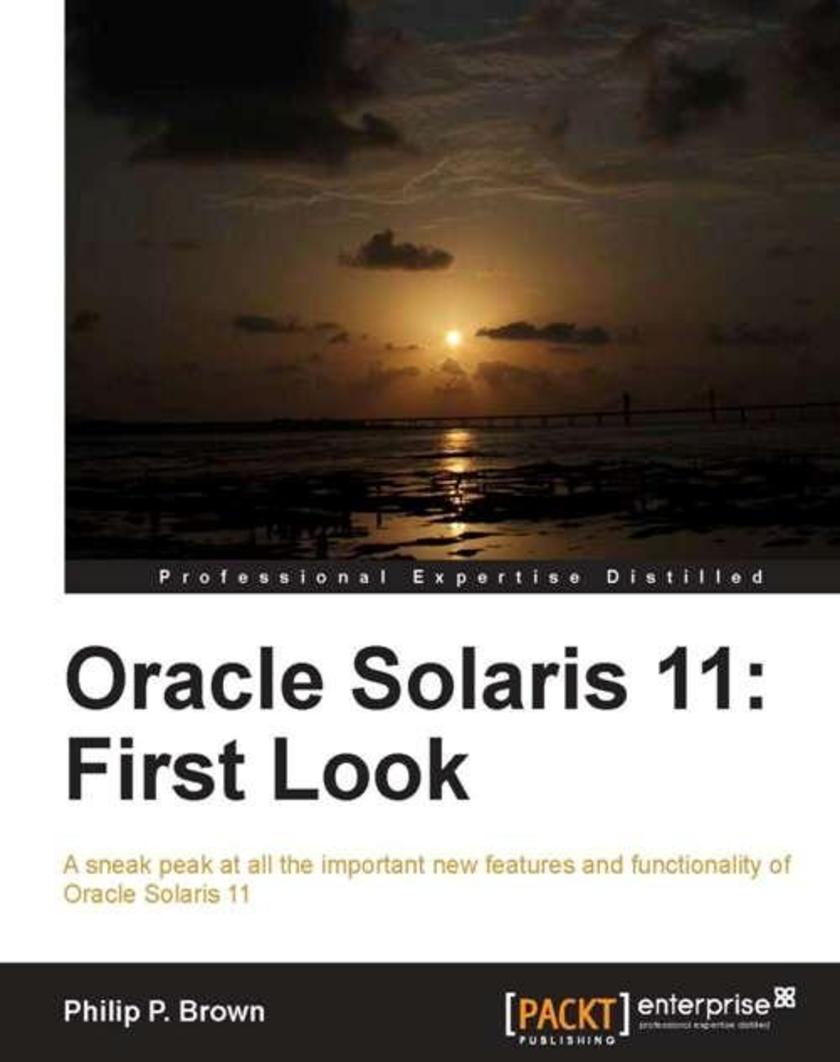
Oracle Solaris 11: First Look
¥54.49
This book is written in simple, easy-to-understand format with lots of screenshots and step-by-step explanations. If you are a Solaris administrator looking for a step-by-step guide to understand the new features and functionality of Oracle Solaris 11, then this is the guide for you. Working knowledge of Solaris is required.
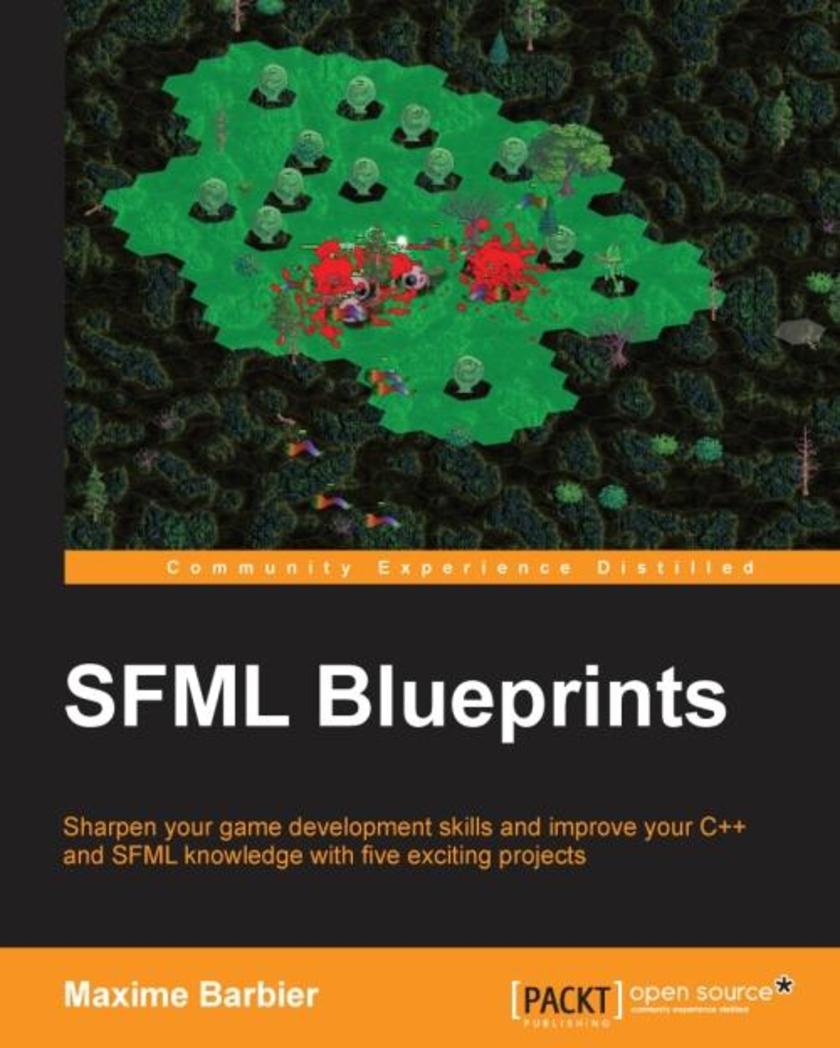
SFML Blueprints
¥71.93
This book is for developers who have knowledge of the basics of the SFML library and its capabilities in 2D game development. Minimal experience with C++ is required.
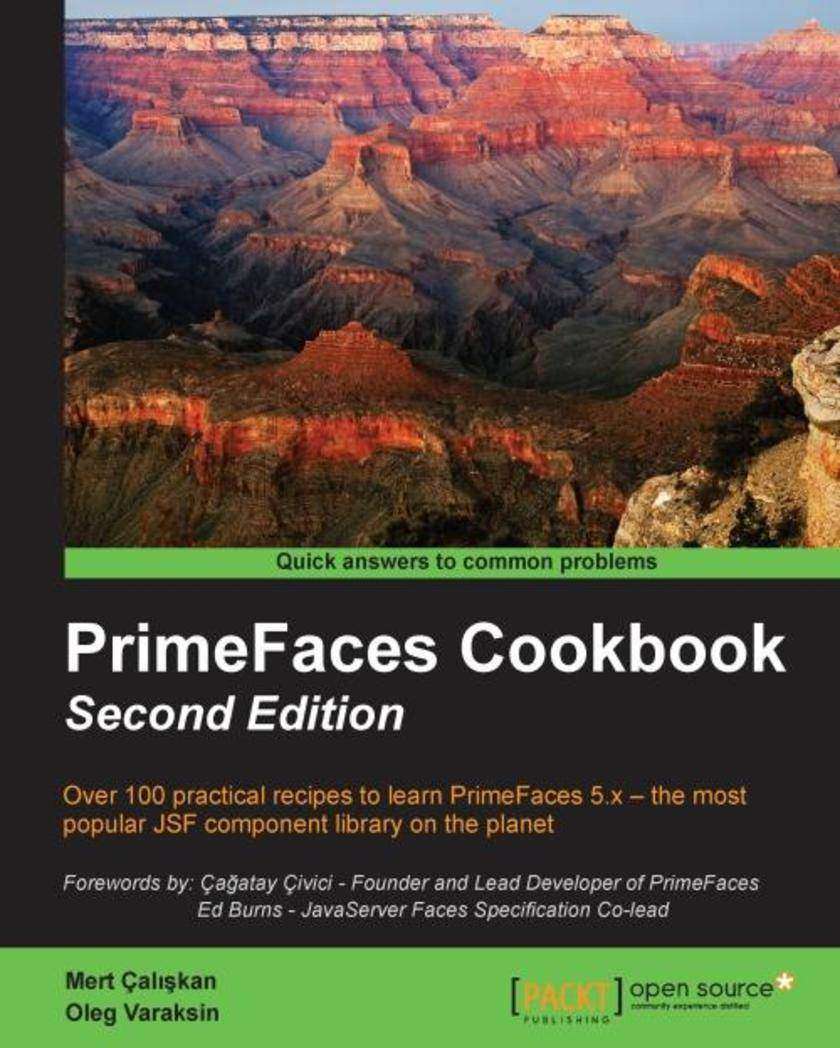
PrimeFaces Cookbook - Second Edition
¥80.65
This book is for everybody who would like to learn modern Java web development based on PrimeFaces and is looking for a quick introduction to this matter. Prerequisites for this book are basic JSF, jQuery, and CSS skills.
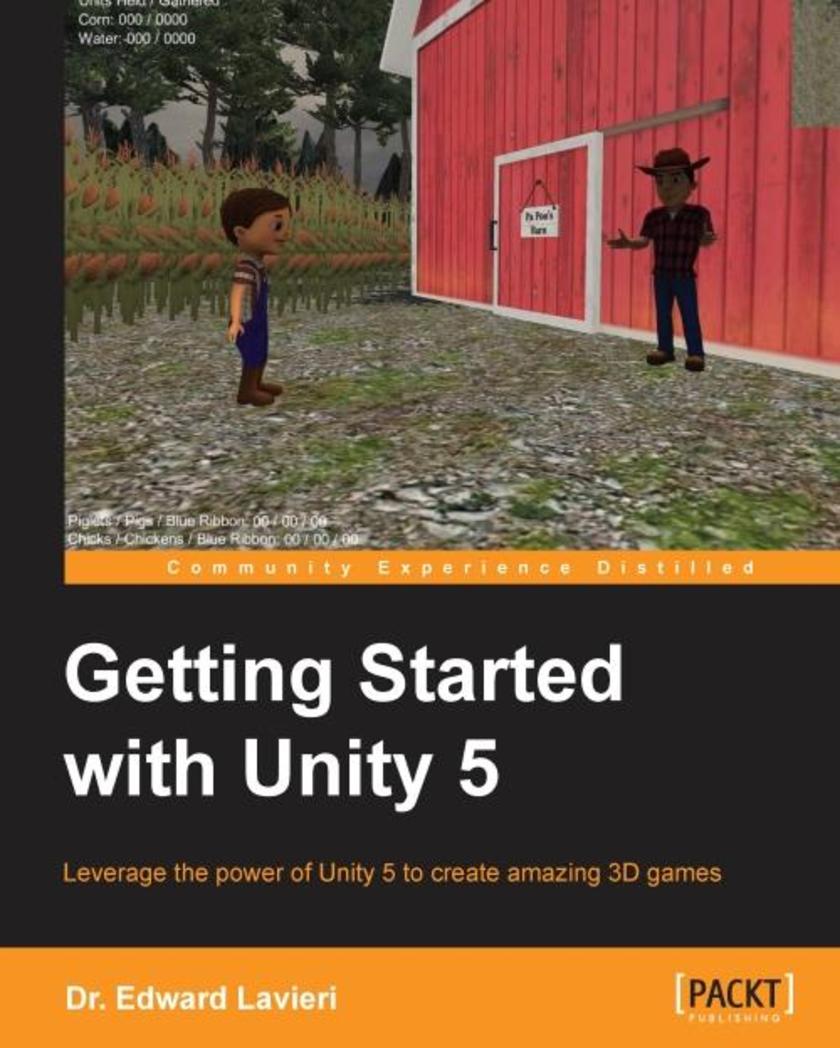
Getting Started with Unity 5
¥54.49
If you are a game developer interested in learning Unity 3D from scratch and becoming familiar with its core features, then this book is for you. No prior knowledge of Unity 3D is required.
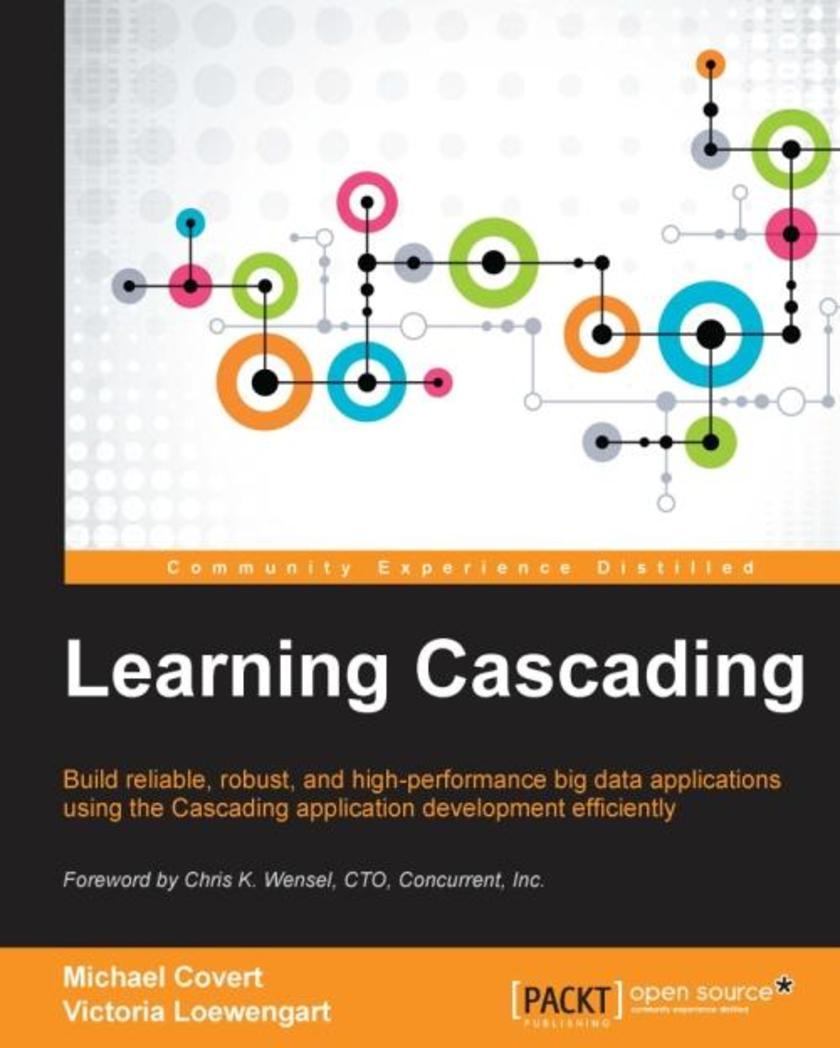
Learning Cascading
¥80.65
This book is intended for software developers, system architects and analysts, big data project managers, and data scientists who wish to deploy big data solutions using the Cascading framework. You must have a basic understanding of the big data paradigm and should be familiar with Java development techniques.




 购物车
购物车 个人中心
个人中心



